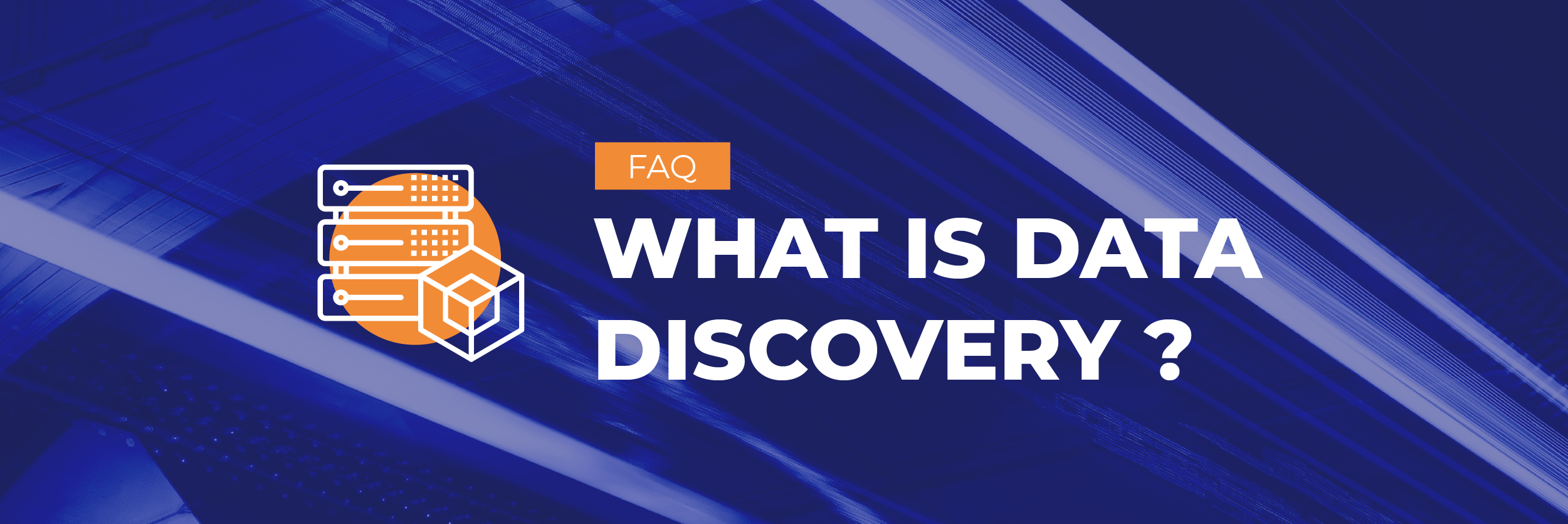
What is data discovery?
Once data collection is complete, the next step is data discovery. Data discovery is the process of discerning datasets that will be used for data analysis and/or data integration. This phase is essential for assessing data quality requirements, as data discovery tools navigate data and implement advanced analytics to detect patterns and outliers.
This is done by conducting a visual analysis and is orientated on helping business users with their day-to-day operations and business decisions. This critical phase of data preparation is often overlooked, however understanding data before it is correctly processed means it is more reliable for shared business purposes. Data discovery involves technical searches using modified tools and human expertise with the assistance of data scientists to observe any patterns or trends from the data collected.
Data discovery can be categorised into two groups:
- Manual Data Discovery is the traditional business intelligence process in which data specialists map data manually using their high level of user case knowledge, understanding and experience. This approach relies solely on human brain power, where the data specialist or scientist conceptualises and outlines a map to correlate and understand data.
- Smart Data Discovery is a more modern form of business intelligence, using machine learning as an automated process of revealing data and providing high quality business insights. The use of artificial intelligence is less time-consuming and can prepare, conceptualise, integrate and share correlated data. A data visual can be prepared, presenting hidden patterns and valuable insights.
Data discovery is a crucial step to better acquaint a business user with collected data to ascertain what processing will be required for the insights to be actionable.
Want to find out more ?